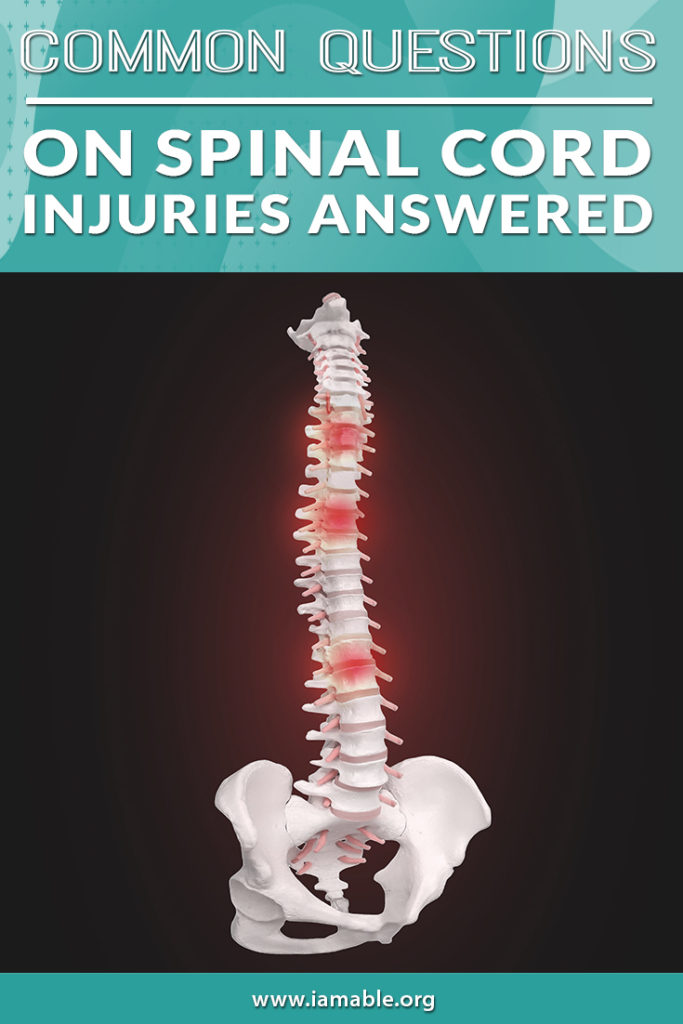Miami, FL 33186

If you are living with a spinal cord injury (SCI), you probably have a lot of questions. Think of our article today as a sort of FAQ (frequently asked questions) regarding SCI. These are some of the essentials that you should know. We will conclude by discussing some of the options you have for spinal cord injury recovery.
One essential thing for those coping with a spinal cord injury is knowing that you are not alone. If you feel like you are all by yourself in experiencing this sudden change in life circumstances, it can lead to depression, anxiety, and a feeling of hopelessness. On the other hand, knowing that others are successfully battling the same challenges can give you hope, peace of mind, and motivation to put forth the effort that spinal cord injury recovery requires. So here are some statistics from both the National Spinal Cord Injury Statistical Center (NSCISC) as well as the World Health Organization (WHO).
This reveals that there are millions of people living with an SCI all around the world. You’re not in this alone! There is definitely hope, and there are inspiring experiences for you to learn from that will encourage you to focus on your own recovery.
Paralysis results from a complete spinal cord injury. Some injuries are incomplete and, therefore, may not cause paralysis. However, bruising or compression of the spinal cord can also lead to paralysis or paresis. As a general rule, incomplete injuries usually lead to a better chance of recovery. However, even those with a complete spinal cord injury can end up with excellent results. It may just take a little more time and effort to reach your recovery goals.
Unfortunately, a spinal cord injury can increase the risk of a shorter life expectancy by up to 500%. Many factors influence a person’s life expectancy when living with an SCI. Some things are out of your control. These include how quickly you were able to receive medical care after the injury and the quality of that care. Even the manner in which you receive transport to the hospital may make an impact. However, there are many things that you can control. These include:
Other factors include your age at the time of the injury, the severity of the injury, and how long it has been since the injury. For example, a 40-year-old who survives the first 24 hours after an injury that causes paraplegia has a life expectancy of 69.7 years. However, once you survive the first year, that life expectancy increases to 70.2. The discrepancy is even higher for those with tetraplegia. This reveals the importance of care during the first 24 hours and during the first year after an injury.
Sexual function effects impact men more than women. The location and severity of the injury will be significant factors in determining the extent of the impact. For women, most effects occur early after the injury, but after several months, becoming pregnant is usually possible again. When it comes to men, the most common sexual problems include low sperm count or mobility and potential inability to ejaculate. Depending on the issues that a couple is facing, you may be able to discuss your options with a medical professional. Medications or other options may be available to you that can help. Adoption is often an option for couples who cannot conceive, and it provides a good home to a child in need.
The best options for you will depend on various factors, including the extent and location of the injury, your degree of paralysis, how long ago your SCI occurred, and things like these. Here are some of the best spinal cord injury recovery therapies.
To help get your spinal cord injury recovery journey started off in the right way, you need to be mentally prepared. The eBook 7 Unbelievably Important Steps to Take to Thrive after Paralysis is an excellent way to get started.
Grab our free e-book 7 Unbelievably Important Steps to Take to THRIVE after Paralysis by clicking the image below.
